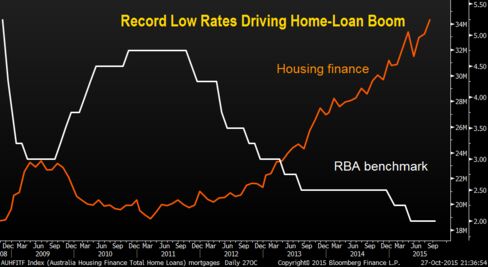There are two general reasons for a trader with an intermediate-term or a long-term time horizon to sell a stock during a period of strength. The first encompasses the situations where the stock has reached the trader’s price target, or has become stretched to the upside in valuation terms, or has reached a price level at which the intermediate-term risk/reward is no longer favourable. When a stock is in such a position it offers what I call an “objective selling opportunity”. The second general reason is that even though a stock is not yet fully valued and is still well below the trader’s intermediate-term target, selling makes sense based on personal money-management considerations. I call this a “subjective selling opportunity”.
Many of the stocks I own and also many of the stocks I cover in the TSI newsletter are in the gold-mining sector. For these stocks, objective selling opportunities have been as scarce as hen’s teeth over the past 2.5 years. However, over this period there have, from my perspective, been many subjective selling opportunities. Most recently, the September-October rally created several such selling opportunities.
I can’t identify subjective selling opportunities for my readers as these opportunities are, by definition, determined by each individual’s financial position. However, what I can do is note when TSI stocks are becoming ‘overbought’ or nearing resistance that could limit the short-term upside. I can also (and do also) note when I’m taking some of my own money off the table.
 Print This Post
Print This Post

